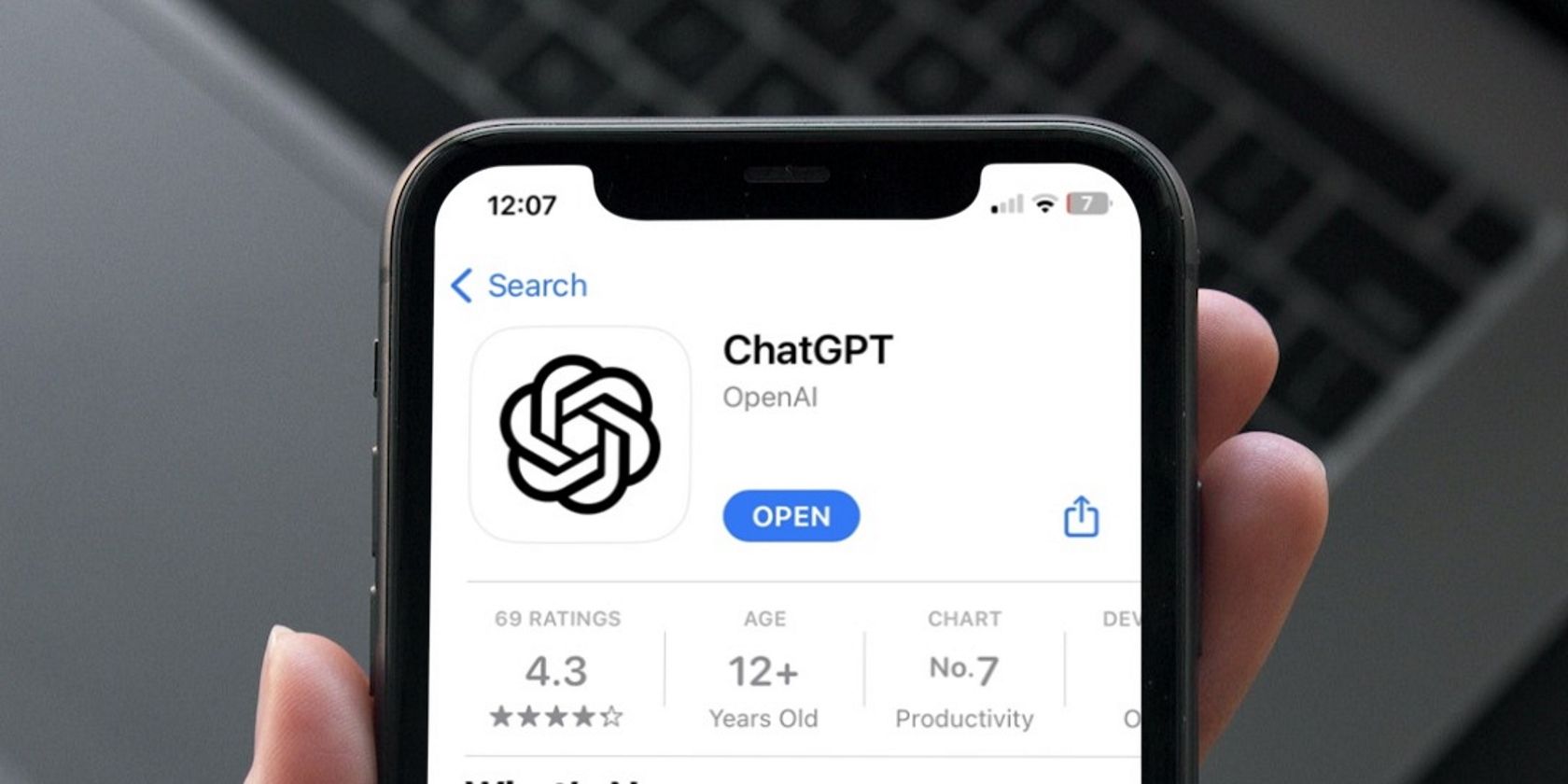14
OpenAI Gives ChatGPT a Voice to Respond to Prompts and Commands
Original article seen at: www.makeuseof.com on September 25, 2023

tldr
- 🔊 OpenAI has given ChatGPT a synthesized voice, allowing it to respond to user queries vocally.
- 📸 ChatGPT can now analyze and discuss specific images uploaded to it, similar to Google Lens.
- 🔒 OpenAI has limited ChatGPT's ability to analyze and make direct statements about people for privacy and accuracy reasons.
- 🚀 These advancements are pushing ChatGPT closer to becoming a truly multi-modal AI tool.
summary
OpenAI has enhanced its AI chatbot, ChatGPT, with a synthesized voice, allowing it to respond to user queries vocally. This new feature was developed in-house and can generate human-like audio from text and a few seconds of sample speech. The voice model is already being utilized by companies like Spotify for translating podcasts into different languages. Another significant update is the image recognition feature, which enables ChatGPT to analyze and discuss specific images uploaded to it. However, OpenAI has limited ChatGPT's ability to analyze and make direct statements about people for privacy and accuracy reasons. Despite the potential privacy and security issues, these advancements are pushing ChatGPT closer to becoming a truly multi-modal AI tool.starlaneai's full analysis
These advancements in ChatGPT mark a significant step forward in the AI chatbot landscape. The addition of a synthesized voice and image recognition capabilities not only enhances the user experience but also opens up new possibilities for AI applications. However, these advancements also raise significant privacy and security concerns, which OpenAI and the broader AI industry will need to address. The potential for misuse of these tools by malicious actors is a significant concern that could hinder widespread adoption. Despite these challenges, these advancements are likely to spur further innovation in the AI chatbot space, potentially leading to the development of more advanced and versatile AI tools.
* All content on this page may be partially written by a clever AI so always double check facts, ratings and conclusions. Any opinions expressed in this analysis do not reflect the opinions of the starlane.ai team unless specifically stated as such.
starlaneai's Ratings & Analysis
Technical Advancement
85 The technical advancement is significant as it involves the development of a synthesized voice for an AI chatbot, which is a considerable step forward in making AI more interactive and human-like.
Adoption Potential
70 The adoption potential is high as the new features make the chatbot more user-friendly and versatile, increasing its appeal to a wider audience.
Public Impact
60 The public impact is moderate as while these advancements can enhance user experience, they also raise privacy and security concerns.
Innovation/Novelty
80 The novelty is high as the synthesized voice and image recognition features are innovative additions to the AI chatbot landscape.
Article Accessibility
75 The accessibility is high as these features make the chatbot more interactive and easy to use, enhancing its appeal to non-technical users.
Global Impact
65 The global impact is moderate as while these features can be used globally, the voice feature is currently limited to English.
Ethical Consideration
50 The ethical consideration is moderate as while OpenAI has taken steps to limit potential privacy issues, the potential for misuse of these tools is significant.
Collaboration Potential
55 The collaboration potential is moderate as these features can be used by other companies, as demonstrated by Spotify.
Ripple Effect
70 The ripple effect is high as these advancements can influence other AI developers to incorporate similar features in their chatbots.
Investment Landscape
60 The AI investment landscape change is moderate as these advancements can attract more investments into AI chatbot development.
